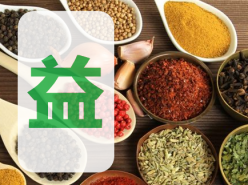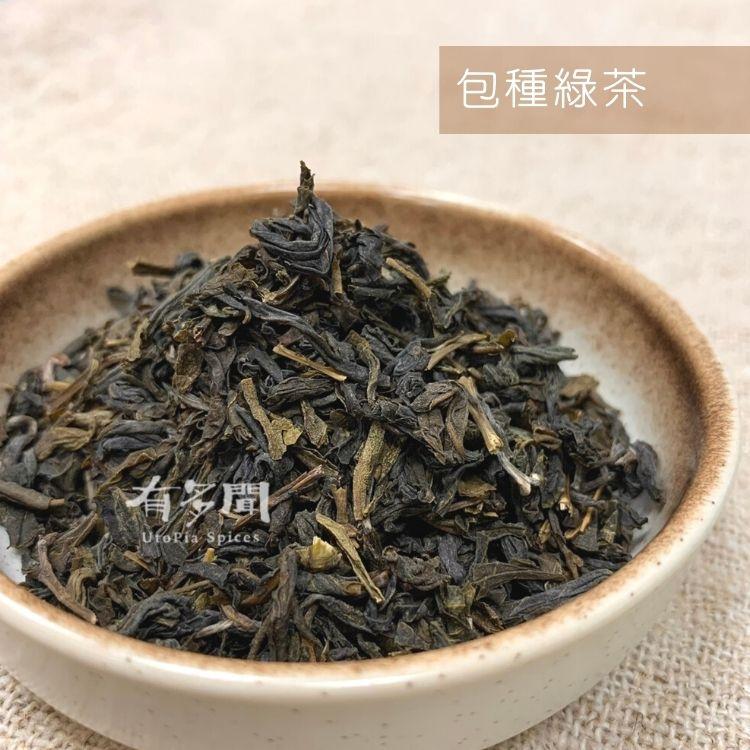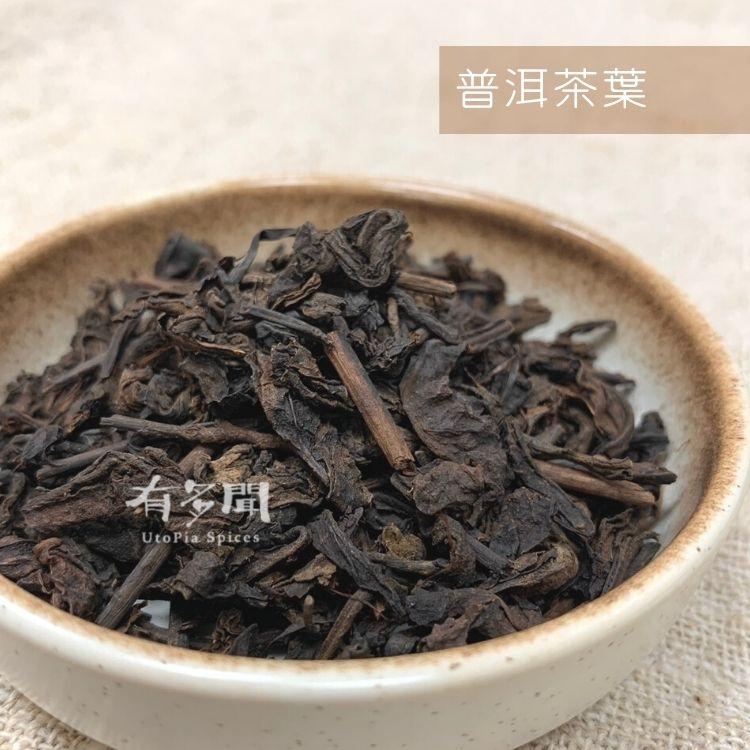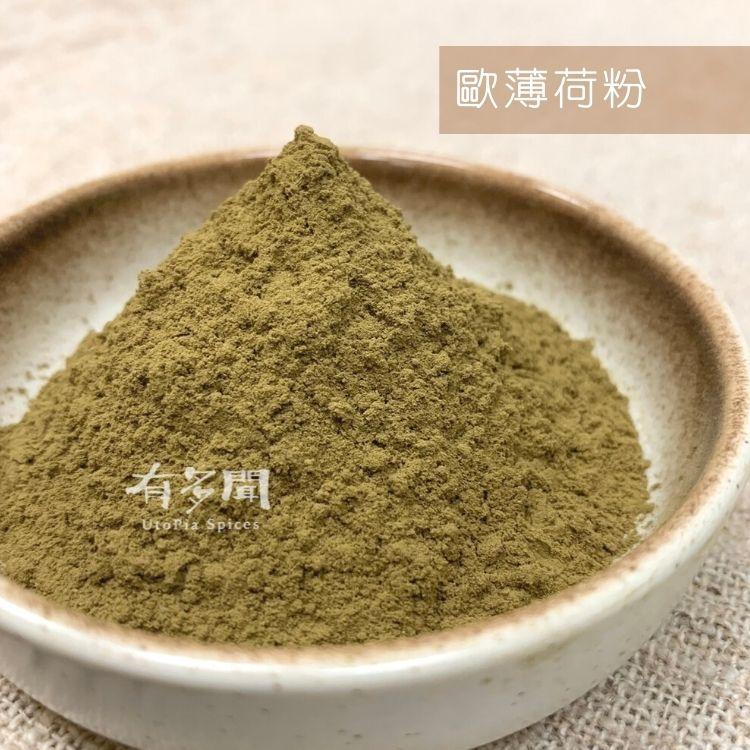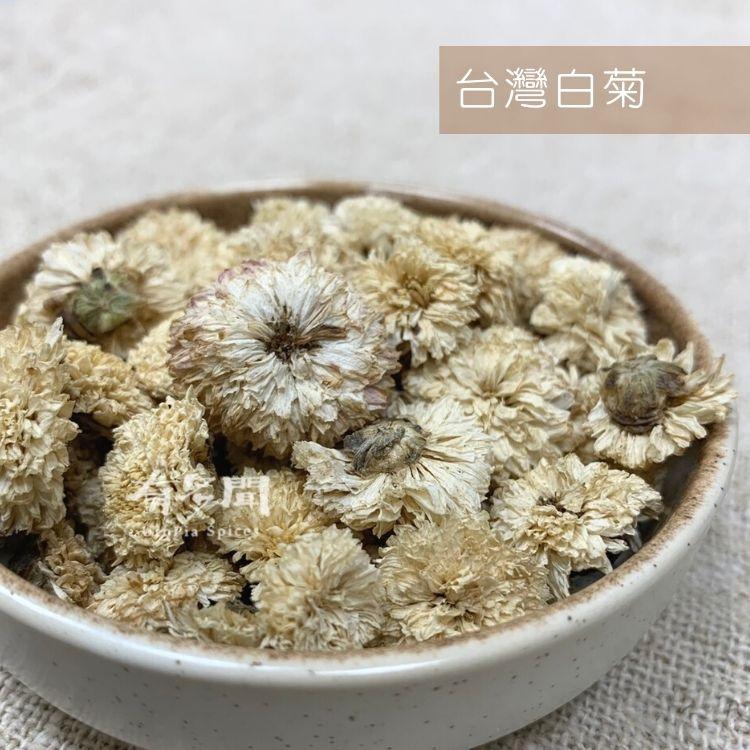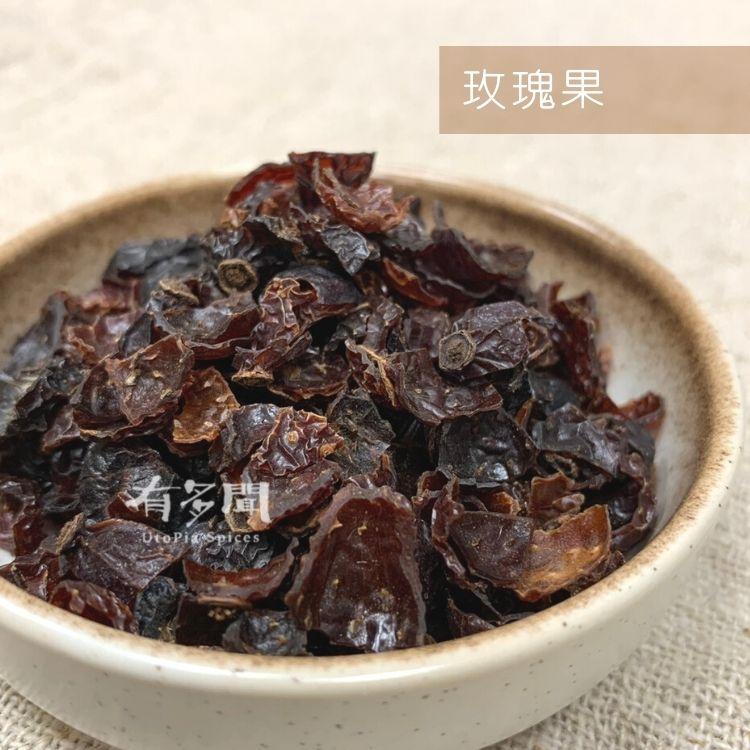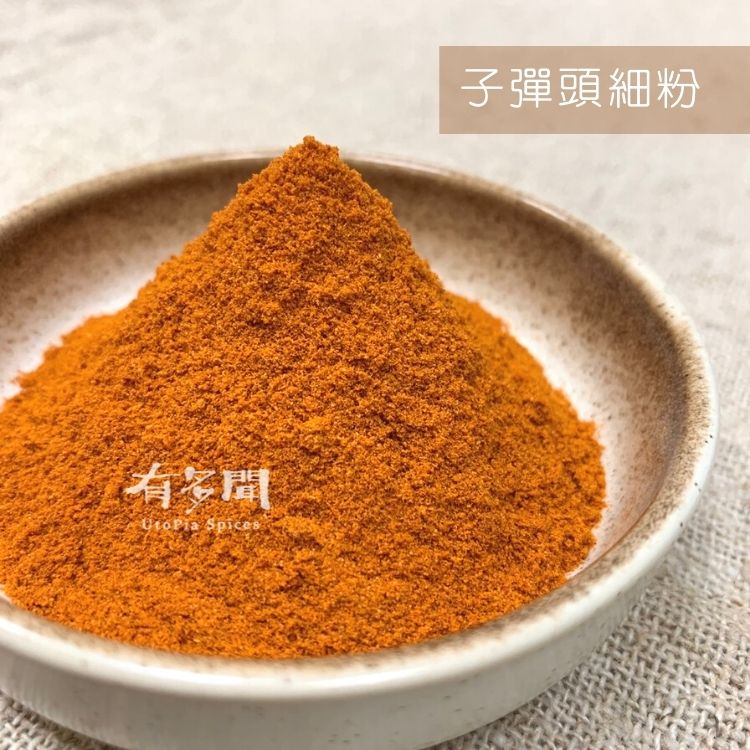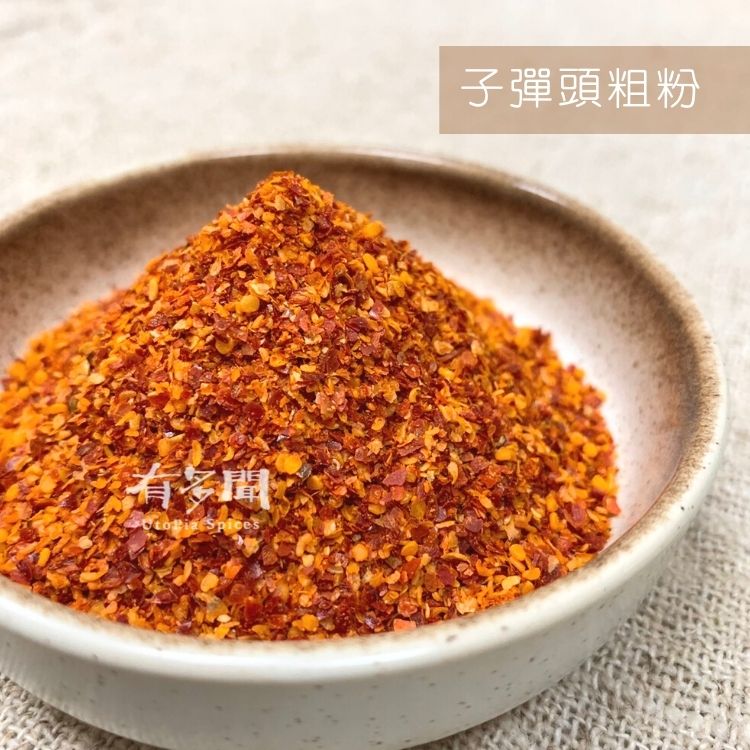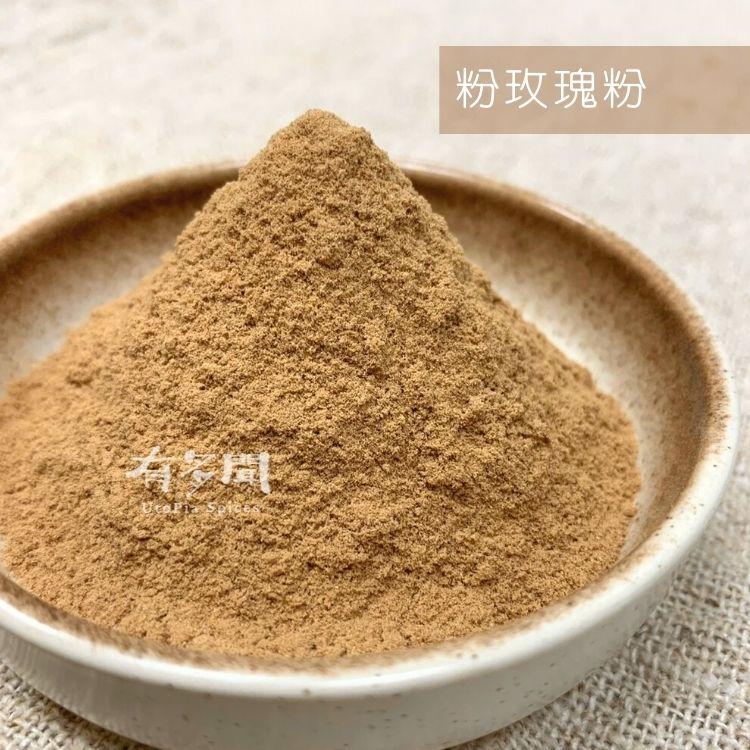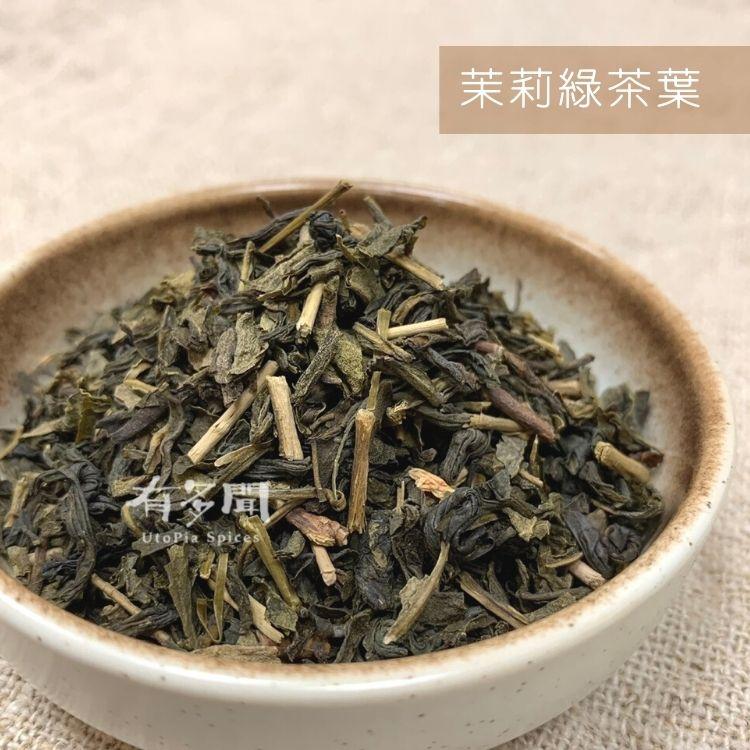
Jasmine green tea is a tea that uses green tea as a base and then adds the fragrance of jasmine flowers. This tea is particularly popular in Asia.
Feature:
Light Green Tone: Jasmine green tea water usually appears light green or yellow-green in color.
Floral and tea aroma combined: The unique production process perfectly blends the floral aroma of jasmine and the tea aroma of green tea.
Smell:
Refreshing: The green tea base makes it taste very fresh.
Sweet floral fragrance: The addition of jasmine brings a sweet floral fragrance.
Odor:
Jasmine fragrance: Obvious jasmine fragrance, fresh and long-lasting.
Green tea base aroma: A light green tea aroma adds a layer of flavor.
Origin:
Vietnam
How to make tea:
Water temperature: 70-80°C hot water.
Tea amount: Generally use 3-4 grams of tea per 200 ml of water.
Tea set: It is recommended to use glass or porcelain teapot.
Tea brewing time: The first brewing time is about 1-2 minutes. You can adjust the tea brewing time according to your preference.
Multiple brewing tea: This kind of tea can usually be brewed multiple times, increasing the brewing time by 30 seconds to 1 minute each time.
**Jasmine green tea is often used in various occasions because of its unique aroma and taste. It is very popular whether for daily drinking or as a gift. The correct way to brew tea can better showcase its unique flavor and aroma.
